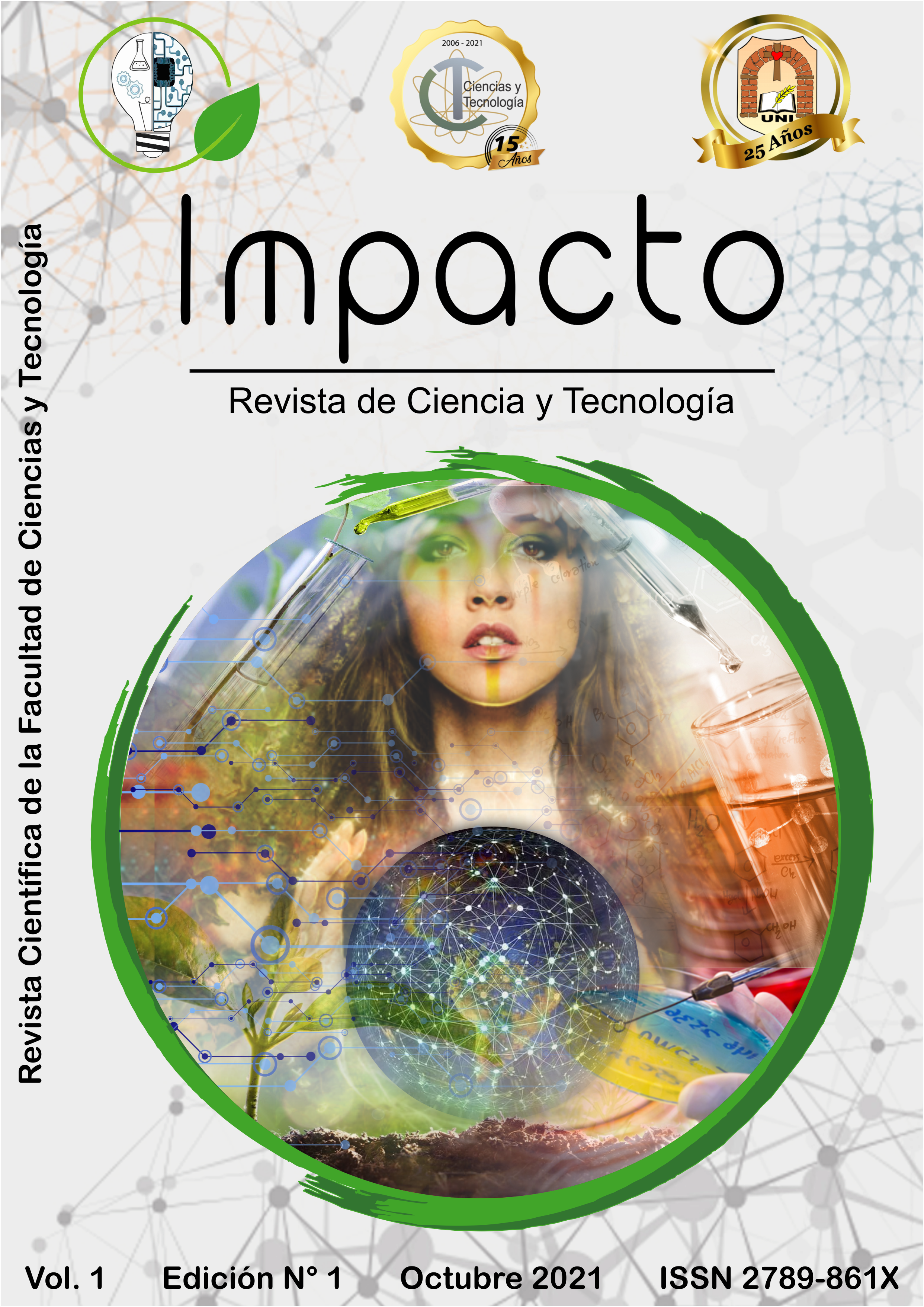Análisis comparativo entre modelos metodológicos para el desarrollo de aplicaciones web
Palabras clave:
ingeniería de software, ingeniería web, metodologías de desarrollo de software, aplicaciones webResumen
El buen inicio de un proyecto de software depende en gran medida de la elección adecuada de un modelo metodológico que se adecúe a las características y circunstancias del proyecto. En este sentido el presente trabajo se centra en el estudio de metodologías de desarrollo de aplicaciones web con el objetivo de analizar las más utilizadas, clasificarlas, compararlas y sintetizar los resultados para obtener tendencias que ayuden a facilitar su elección. Se trata de una investigación cualitativa basada en una revisión sistemática de la literatura con una serie de procesos bien definidos que llevaron a concluir que las metodologías de desarrollo de aplicaciones web tienden a aplicar procesos tanto lineales como iterativos y que se concentran en las primeras tres etapas del ciclo de vida del desarrollo de software. Además de observar la necesidad de establecer mecanismos de verificación de la efectividad de su empleo.
Abstract
The successful start of a software project depends to a great extent on the appropriate choice of a methodological model that suits the characteristics and circumstances of the project. In this sense, the present work focuses on the study of web application development methodologies with the objective of analyzing the most used ones in order to classify them, to compare and to synthesize the results and thus obtain trends that help facilitate their choice. This is a qualitative research based on a systematic review of the literature with a series of well-defined processes that led to conclude that web application development methodologies tend to apply both linear and iterative processes that focus on the first three stages of the software development life cycle. In addition, it was also observed the necessity of establishing verification mechanisms on the effectiveness of their employment.
Keywords: software engineering, web engineering, software development methodologies, web applications.
Descargas
Referencias
CERVANTES OJEDA, J. y GÓMEZ FUENTES, M. del C. Taxonomía de los modelos y metodologías de desarrollo de software más utilizados. Universidades. 2012. No. 52, p. 37-47.
ZUMBA, J. y LEÓN, C. Evolución de las Metodologías y Modelos utilizados en el Desarrollo de Software. Evolution of the Methodologies and Models used in Software Development. INNOVA Research Journal. 2018. Vol. 3, no. 10, p. 20-33.
RIVAS, C.I., CORONA, V.P., GUTIÉRREZ, J.F. y HERNÁNDEZ, L. Metodologías actuales de desarrollo de software. Tecnología e Innovación. 2015. Vol. 2, no. 5, p. 980-986.
UIKEY, N. y SUMAN, U. A Lifecycle Model for Web-based Application Development: Incorporating Agile and Plan-driven Methodology. International Journal of Computer Applications. 2015. Vol. 117, no. 19, p. 28-36.
ISO, IEC y IEEE. ISO/IEC/IEEE 24765:2017 International Standard - Systems and software engineering - Vocabulary. 2a. Switzerland : ISO/IEC, IEEE, 2017.
SCHWABE, D. y ROSSI, G. Building hypermedia applications as navigational views of information models. En : 28th Annual Hawaii International Conference on System Sciences. Wailea : IEEE Computer Society, 1995. p. 231-240.
SCHWABE, D. y ROSSI, G. The Object-Oriented Hypermedia Design Model (OOHDM). CACM. 1995. Vol. 38, no. 8, p. 45-46.
KURNIATI, R. y MAWARNI, S. The Design of Application for Accelerating Funding Proposal Selection Using the Object-Oriented Hypermedia Design Method. Proceedings of the International Conference on Engineering, Technology and Social Science. 2021. Vol. 529, p. 720-726.
MOLINA-RÍOS, J. y PEDREIRA-SOUTO, N. Comparison of development methodologies in web applications. Information and Software Technology. 2020. Vol. 119.
CONALLEN, J. Building Web applications with UML. México : Addison-Wesley, 2000. ISBN 0201615770.
KRUCHTEN, P. The Rational Unified Process: An Introduction. 3a. México : Addison-Wesley, 2003.
ROSENBERG, D. y KENDALL, S. Use Case Driven Object Modeling with UML. México :
Año 1# Número 1# Año 2021 # Revista Impacto en Ciencia y Tecnología# Pág. 55-66 66
Addison-Wesley, 2000.
JACOBSON, I., BOOCH, G. y RUMBAUGH, J. Unified Software Development Process. México : Addison-Wesley, 1999.
LUDWIG-MAXIMILIANS UNIVERSITÄT MÜNCHEN. UWE – UML-based Web Engineering. [en línea]. 2016. [Consulta: 11 octubre 2019]. Disponible en: http://uwe.pst.ifi.lmu.de/
BUSCH, M. Evaluating & Engineering: an Approach for the Development of Secure Web Applications. Munich, 2016.
LEE, H., LEE, C. y YOO, C. Scenario-based object-oriented methodology for developing hypermedia information systems. Proceedings of the Hawaii International Conference on System Sciences. 1998. Vol. 2, p. 47-56.
DE TROYER, O., CASTELEYN, S. y PLESSERS, P. WSDM: Web Semantics Design Method. Web Engineering. 2007. Vol. 12, p. 303-352.
BIEBER, M. 1: Relationship-Navigation Analysis for developing World Wide Web. New Jersey, 1997. 1.
ISAKOWITZ, T., STOHR, E.A. y BALASUBRAMANIAN, P. RMM: A Methodolog for Structured Hypermedia Design. Communications of the ACM. 1995. Vol. 38, no. 8, p. 34-44.
PROYECTOSAGILES.ORG. Desarrollo iterativo e incremental. [en línea]. [Consulta: 19 noviembre 2019]. Disponible en: https://proyectosagiles.org/desarrollo-iterativo-incremental







